Is bulk Himalayan salt worth the investment? For most home cooks and chefs, the answer is yes—but with important caveats. While it offers a unique flavor and aesthetic appeal, the health benefits are often overstated. In this expert guide, we'll break down the facts on cost, culinary uses, storage, and health claims to help you make an informed decision.
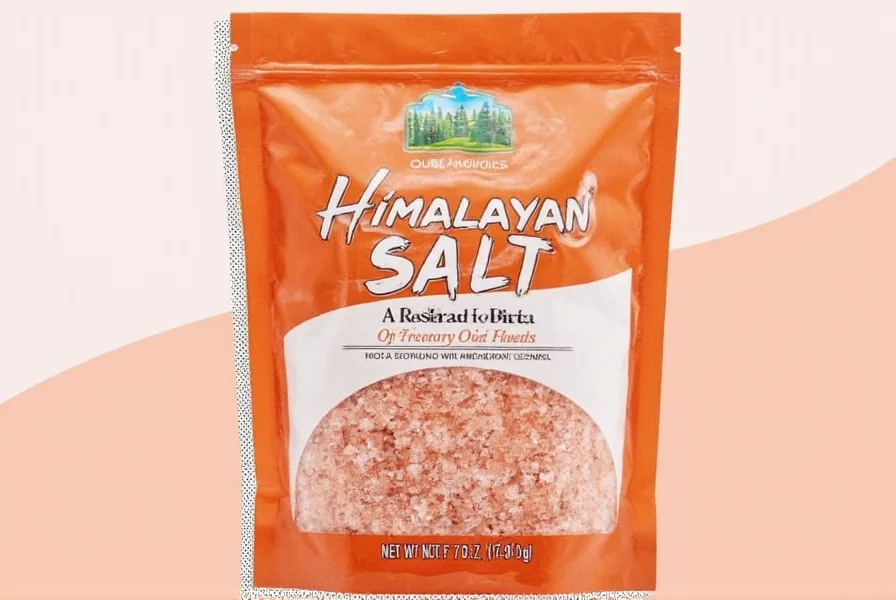
Table of Contents
- What Is Himalayan Salt?
- Why Buy in Bulk?
- Culinary Uses & Tips
- The Health Debate: Is It Really Better?
- Buying Guide: How to Choose the Best Bulk Himalayan Salt
- How to Store It for Maximum Shelf Life
- Alternatives to Consider
- Frequently Asked Questions
- Final Thoughts
What Is Himalayan Salt?
Himalayan salt is mined from the Khewra Salt Mine in Pakistan, nestled in the foothills of the mighty Himalayas. Known for its beautiful pink hue, it's often marketed as a purer alternative to regular table salt. The pink color comes from trace minerals like iron, potassium, and magnesium.
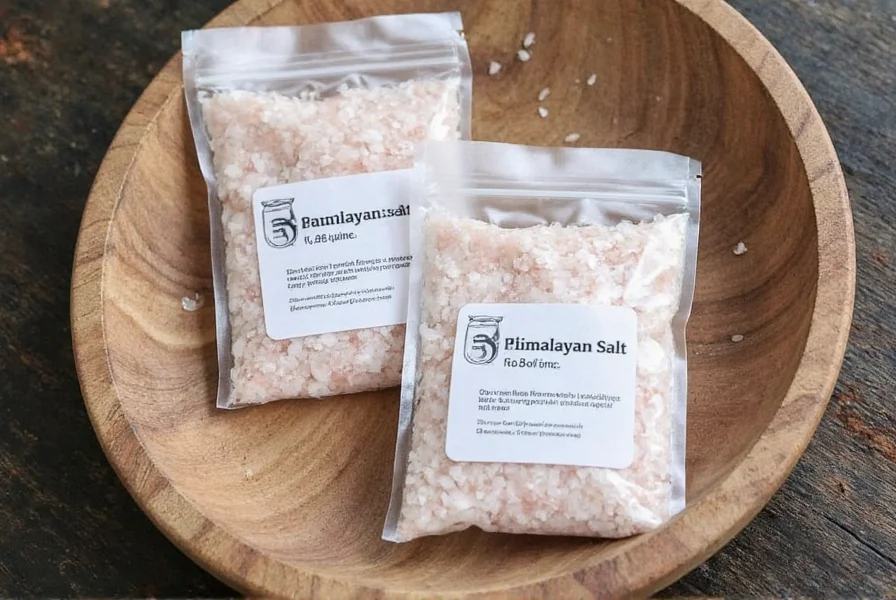
Unlike heavily processed table salt, which is stripped of most minerals and often contains anti-caking agents, Himalayan salt is typically minimally processed. This makes it a popular choice among health-conscious consumers and gourmet chefs alike.
Composition Comparison Table
| Mineral | Table Salt | Bulk Himalayan Salt |
|---|---|---|
| Sodium Chloride | 97%–99% | 96%–98% |
| Potassium | Trace | 0.25% |
| Magnesium | Trace | 0.1% |
| Calcium | Trace | 0.16% |
| Iron | Trace | 0.004% |
Why Buy in Bulk?
If you're a home cook who loves experimenting with flavors or runs a small restaurant, purchasing bulk Himalayan salt can be both cost-effective and convenient. Here's why:
- Cost Efficiency: Buying in larger quantities usually reduces the per-unit cost. Think of it like buying a big bag of popcorn at the movies — more bang for your buck!
- Consistency: You'll always have the same quality and flavor profile on hand, especially important for businesses.
- Eco-Friendly: Less packaging waste compared to multiple small containers.
- Versatility: From cooking and curing to DIY beauty projects and even lamp purchases, having a large stash means you can try different things without running out.
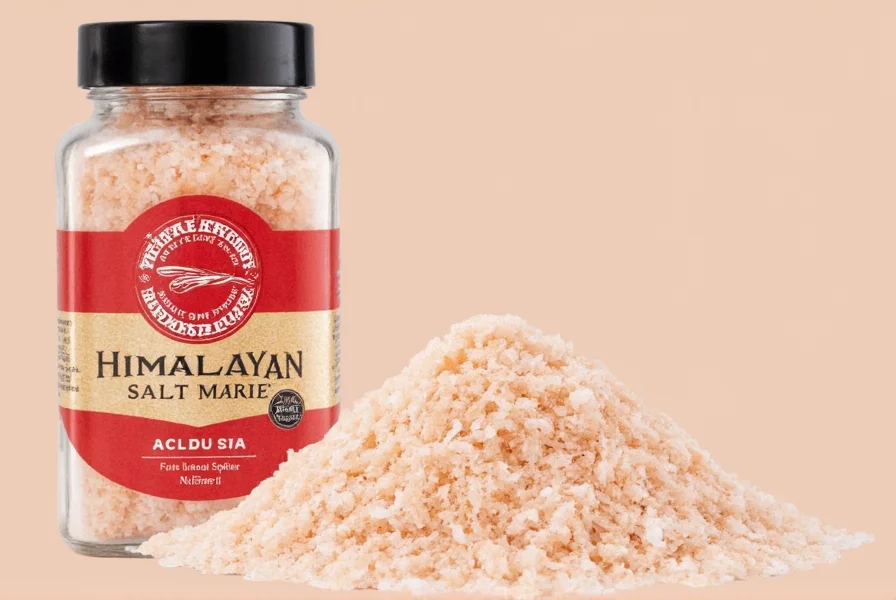
Culinary Uses & Tips
One of the best things about bulk Himalayan salt is how versatile it is in the kitchen. Here are some creative and tasty ways to use it:
Top 5 Culinary Uses of Himalayan Salt
- Dry Rubs: Mix coarse Himalayan salt with spices like smoked paprika or garlic powder for a killer steak or pork rub.
- Brining: Use it in brine solutions for meats like turkey or chicken. The salt helps retain moisture and infuse flavor deep into the meat.
- Salt Blocks: Heat slabs of Himalayan salt can be used as grilling surfaces or serving platters. Bonus points for presentation!
- Curing Fish or Vegetables: Ideal for making gravlax or fermented pickles. Its mineral content supports healthy fermentation.
- Finishing Touch: Crushed fine Himalayan salt adds a subtle sparkle and nuanced flavor when sprinkled over finished dishes.
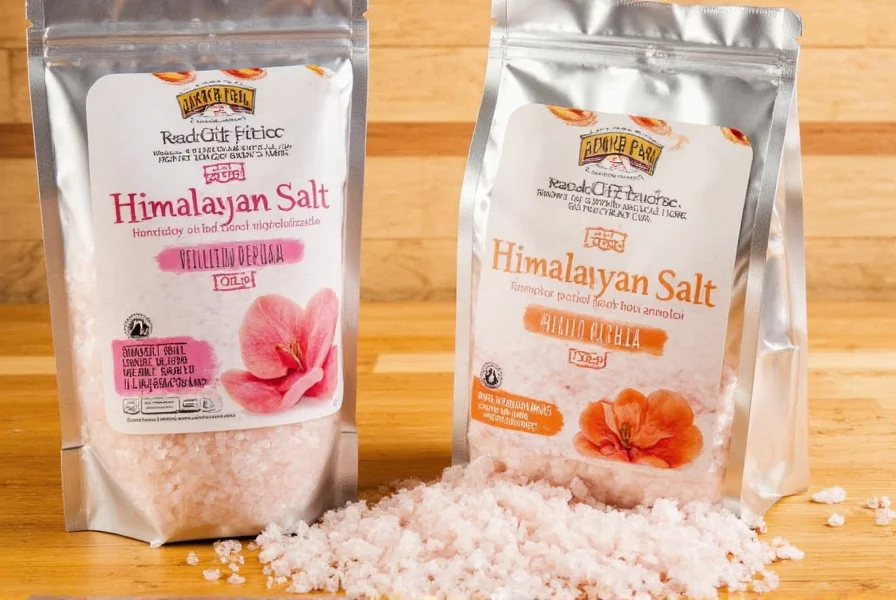
The Health Debate: Is It Really Better?
Marketing would have us believe that Himalayan salt is a miracle mineral-packed wonder, but let's take a balanced look based on scientific evidence:
Pros:
- Contains trace minerals not found in refined salt.
- No added anti-caking agents or preservatives in pure forms.
- May support electrolyte balance when consumed in moderation.
Cons:
- The amount of trace minerals is negligible and unlikely to offer significant health benefits. According to the American Heart Association (2023), the sodium content is similar to regular salt, and excessive intake can increase hypertension risk.
- No scientific evidence that Himalayan salt detoxifies or alkalizes the body, despite popular claims. The FDA has not approved any health claims for Himalayan salt beyond basic sodium intake.
- High sodium content still poses risks for those with hypertension or heart conditions.
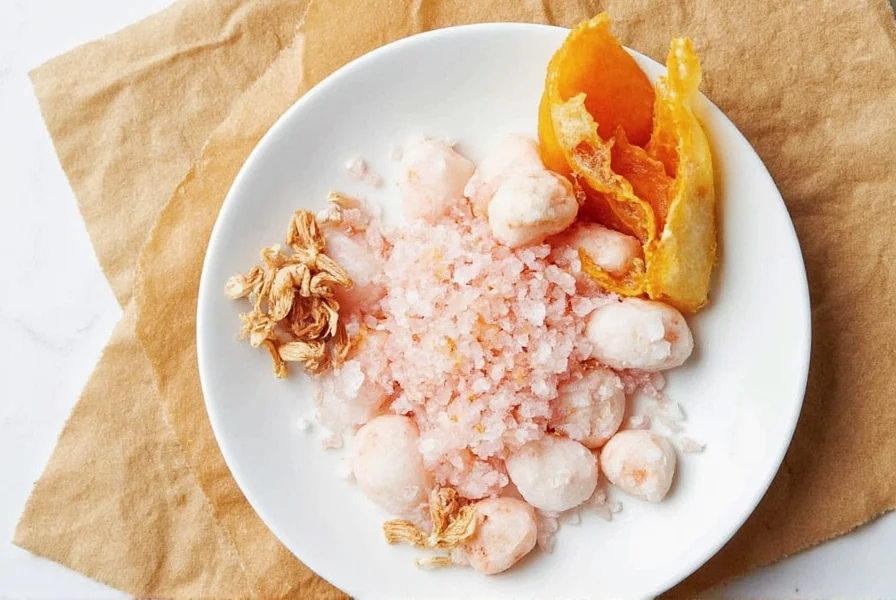
Buying Guide: How to Choose the Best Bulk Himalayan Salt
When shopping for bulk Himalayan salt, there are several factors to consider to ensure you're getting quality for your money. Here's a checklist to help you make the right decision:
Key Factors to Look For
| Factor | Description | Recommended |
|---|---|---|
| Purity | Ensure the salt is unrefined and free from additives. | Look for certifications like FDA or USDA Organic for purity standards. |
| Source | Authentic Himalayan salt should come from Pakistan's Khewra mine. | Avoid vague labeling like "Himalaya-style" salts. |
| Grain Size | Choose between fine, medium, coarse, or block forms depending on usage. | Coarse for grinders and curing; fine for seasoning. |
| Packaging | Should be airtight and resealable for long-term freshness. | Mylar bags or food-safe buckets are ideal for bulk storage. |
| Price per Ounce | Compare prices across brands to find value-for-money options. | Aim for $0.05–$0.15 per ounce range. |
Popular Bulk Himalayan Salt Brands
- Natural Evolution: Known for high-quality, ethically sourced salt. Great for culinary and holistic purposes.
- Solely Himalayan: Offers a variety of textures and affordable pricing.
- Royal Pink: Widely available, with a strong following among professional chefs.
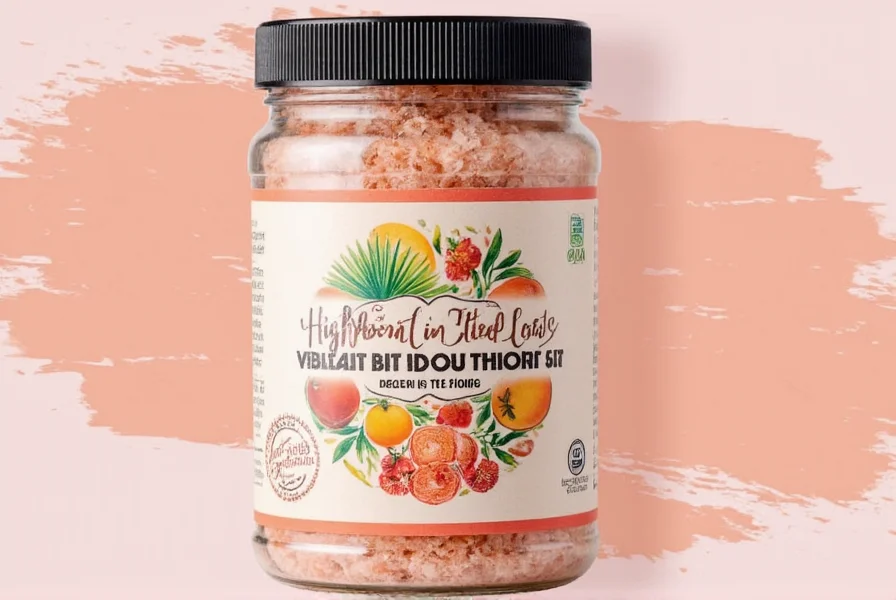
How to Store It for Maximum Shelf Life
Storing Himalayan salt properly is key to maintaining its texture and usability. Here's how to keep your stash fresh:
- Use Airtight Containers: Mason jars or sealed plastic bins work great. Avoid metal containers that may corrode over time.
- Keep Dry: Humidity is the enemy! Store in a cool, dry place away from direct sunlight.
- Add Silica Packets: To prevent clumping, toss in a few desiccant packs.
- Label Clearly: Especially if you're using multiple types of salt in your kitchen.

Alternatives to Consider
While Himalayan salt has its perks, there are other excellent salts worth considering based on your needs:
Comparison Table: Himalayan vs. Other Salts
| Salt Type | Flavor Profile | Best Use | Price Range |
|---|---|---|---|
| Himalayan | Earthy, slightly sweet | General cooking, finishing | Moderate |
| Fleur de Sel | Delicate, briny | Finishing salt | High |
| Sea Salt (Grey) | Moist, rich | Curing, stews | Moderate |
| Kosher | Clean, sharp | Brining, seasoning | Low to Moderate |
| Black Salt (Kala Namak) | Eggy, sulfurous | Indian cuisine, vegan dishes | Low |
Frequently Asked Questions
Is buying Himalayan salt in bulk actually cheaper?
Yes, buying Himalayan salt in bulk is typically 20-40% cheaper per ounce than purchasing smaller retail packages. While the upfront cost is higher, the long-term savings are significant if you use salt regularly in cooking, curing, or other applications. For most home cooks, buying 5-10 pounds at a time offers the best value. According to the USDA, bulk purchasing reduces packaging waste and supports sustainable food practices.
How much bulk Himalayan salt should I buy for home use?
For regular home cooking, a 5-pound bag is typically sufficient for 6-12 months of regular use. If you plan to use it for salt blocks, curing meats, or multiple applications (like cooking and bath salts), consider purchasing 10-25 pounds. Remember that properly stored Himalayan salt has an indefinite shelf life, so buying larger quantities makes sense if you have appropriate storage space. The FDA confirms that pure salt does not expire when stored correctly.
What's the best way to use bulk Himalayan salt for cooking?
With bulk Himalayan salt, you can easily create custom blends for dry rubs, brines, and finishing salts. The coarse variety works well in salt grinders for everyday cooking, while fine grind is perfect for even seasoning. For special occasions, carving small salt blocks for cooking or serving adds a unique presentation element. The key advantage of buying in bulk is having the right texture available whenever you need it. Culinary experts recommend using coarse salt for grinders to avoid clogging and fine salt for baking where even distribution is crucial.
How do I prevent bulk Himalayan salt from clumping?
Clumping occurs due to moisture absorption. Store your bulk Himalayan salt in an airtight container with silica desiccant packets. Mason jars, food-grade plastic buckets with tight lids, or Mylar bags with oxygen absorbers work well for long-term storage. If your salt does clump, you can break it up with a rolling pin or food processor without affecting quality. The American Chemical Society notes that Himalayan salt's natural mineral composition makes it less prone to clumping than refined salts when stored properly.
Does bulk Himalayan salt lose quality over time?
Properly stored Himalayan salt maintains its quality indefinitely. Unlike table salt which can contain moisture-attracting additives, pure Himalayan salt is stable. The key is keeping it dry in a cool, dark place. Some people even report that Himalayan salt develops more complex flavor notes after several months of proper storage. The FDA confirms that salt has no expiration date when stored in appropriate conditions.
Can I use bulk Himalayan salt for non-culinary purposes?
Absolutely! Bulk Himalayan salt is versatile beyond cooking. Many people use it for bath salts (½ cup per bath), creating salt lamps (though commercial lamps are more practical), foot soaks, and even as a natural surface cleaner when mixed with vinegar. The coarse varieties work particularly well for these alternative uses. However, note that the FDA does not regulate non-culinary applications, so always verify safety for specific uses.
Final Thoughts
So, is investing in bulk Himalayan salt a good idea? If you enjoy its unique flavor, appreciate its versatility in the kitchen, and want a consistent supply for your culinary adventures, then absolutely yes! While it may not be a magic health booster, its appeal lies in its purity, aesthetic charm, and subtle mineral complexity.
Remember, salt is salt at the end of the day — but choosing one that aligns with your values and enhances your dishes is part of the joy of cooking. So go ahead, stock up on that pink gold, and let your creativity run wild!
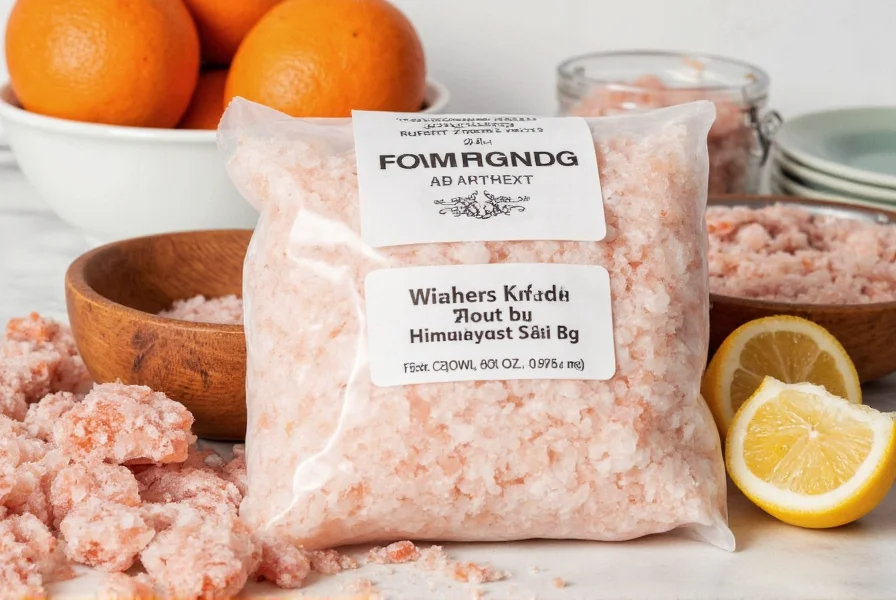
Stay curious, stay salty, and happy cooking!

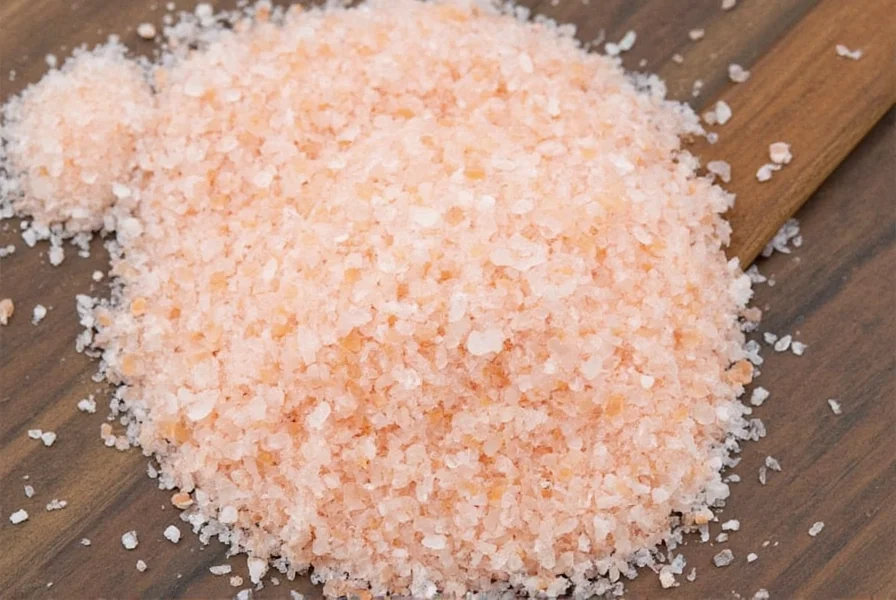









 浙公网安备
33010002000092号
浙公网安备
33010002000092号 浙B2-20120091-4
浙B2-20120091-4